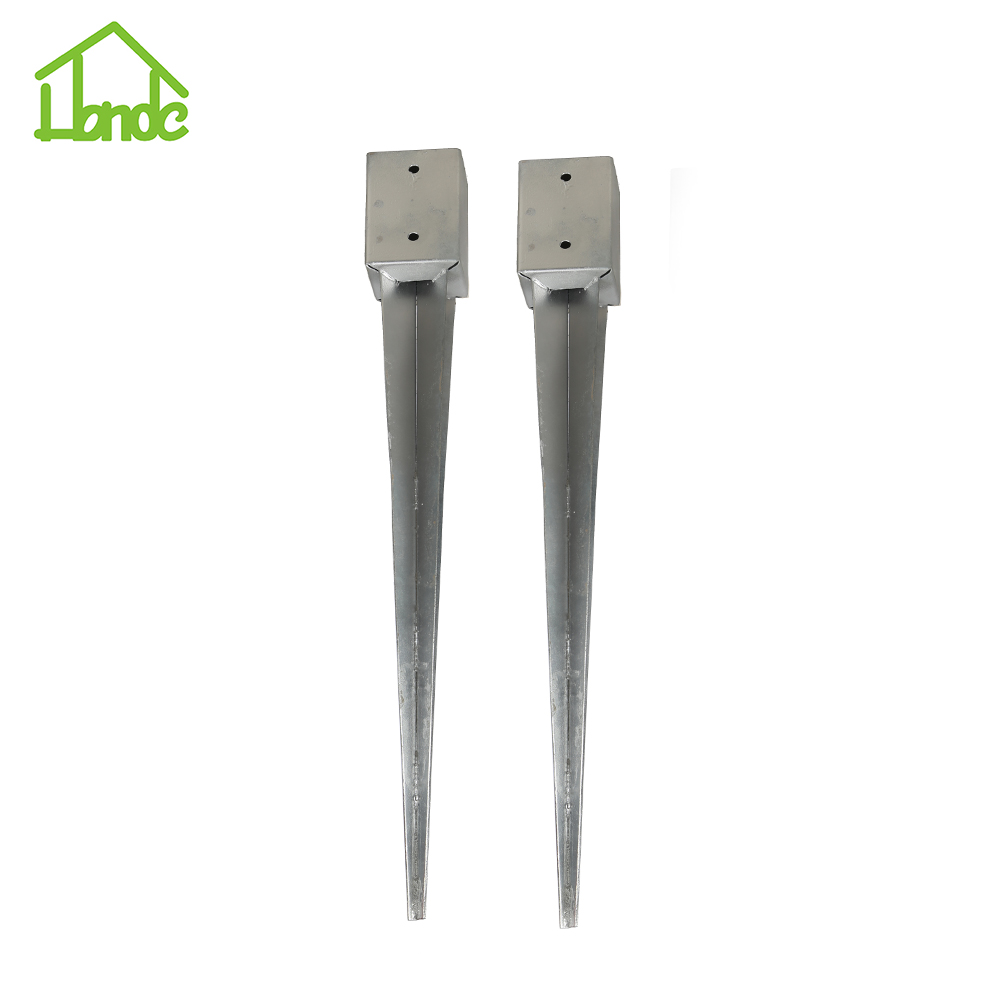How to choose infrared thermometer?
1. Determine the temperature range
The temperature measurement range is the most important performance indicator of the thermometer. For example, TIME and Raytek products cover a range of -50°C to +3000°C, but this cannot be done with a model of infrared thermometer. Each type of thermometer has its own specific temperature range. Therefore, the user's measured temperature range must be considered accurate and comprehensive, neither too narrow nor too wide. According to the law of black body radiation, the change of the radiant energy caused by temperature in the short wavelength band of the spectrum will exceed the change of the radiant energy caused by the emissivity error. Therefore, it is better to use short waves as much as possible when measuring temperature.
2. Determine the target size
Infrared thermometer based on the principle can be divided into monochrome thermometer and two-color thermometer (radiometer colorimeter). For monochromatic thermometers, when measuring temperature, the measured target area should be full of thermometer field of view. It is recommended that the measured target size exceed 50% of the size of the field of view. If the target size is smaller than the field of view, background radiation energy will enter the thermometer's visual symbol and interfere with the temperature readings, causing errors. On the contrary, if the target is larger than the field of view of the thermometer, the thermometer will not be affected by the background outside the measurement area. For Raytek dual-color thermometers, the temperature is determined by the ratio of the radiant energy in two separate wavelength bands. Therefore, when the target to be measured is small and there is no full scene, smoke and dust on the measurement path and the attenuation of radiation energy will not affect the measurement result. Even in the case of 95% energy reduction, the required accuracy of temperature measurement can still be guaranteed. Targets that are small and are in motion or in vibration; sometimes moving in the field of view, or may be partially out of the field of view. Under these conditions, using a two-color thermometer is the best choice. If it is impossible to aim directly between the pyrometer and the target, and the measurement channel is bent, narrow, and obstructed, the bicolor optical fiber pyrometer is the best choice. This is due to its small diameter, flexibility, and ability to transmit optical radiation energy in curved, blocked, and folded channels, and therefore can measure targets that are difficult to access, have harsh conditions, or are near an electromagnetic field.
3. Determine the optical resolution (distance and sensitivity)
The optical resolution is determined by the ratio of D to S, which is the ratio of the distance D from the pyrometer to the target and the diameter S of the measurement spot. If the pyrometer must be installed far away from the target due to environmental conditions, but also to measure a small target, you should choose a high-resolution optical thermometer. The higher the optical resolution, ie the increase in the D:S ratio, the higher the cost of the pyrometer.
4. Determine the wavelength range
The emissivity and surface properties of the target material determine the spectral response or wavelength of the pyrometer. For high reflectivity alloy materials, there are low or varying emissivities. In the high temperature area, the best wavelength for measuring metal materials is near infrared, and 0.18-1.0 μm wavelength can be selected. Other temperature zones are available with wavelengths of 1.6μm, 2.2μm and 3.9μm. Since some materials are transparent at a certain wavelength, infrared energy penetrates these materials, and special wavelengths should be selected for this material. Such as measuring the internal temperature of glass use 10μm, 2.2μm and 3.9μm (tested glass to be very thick, otherwise it will be through) wavelength; measuring the internal temperature of the glass using 5.0μm wavelength; low-zone selection of 8-14μm wavelength is appropriate; The wavelength of 3.43 μm is used for the measurement of polyethylene plastic film, and the wavelength of 4.3 μm or 7.9 μm is used for polyesters. Thickness of more than 0.4mm choose 8-14μm wavelength; Another example is to measure the flame in the C02 with a narrow band 4.24-4.3μm wavelength, measuring the flame in the C0 with a narrow band 4.64μm wavelength, measuring N02 flame with a wavelength of 4.47μm.
5. Determine the response time
The response time indicates the response speed of the infrared thermometer to the measured temperature change and is defined as the time required to reach 95% of the final reading (only 5% energy is required for the two-color colorimetric fiber). It is related to the photodetector and signal processing circuit. Shows the time constant of the system. New infrared thermometer response time up to 1ms. This is much faster than contact temperature measurement. If the target's moving speed is fast or the target of rapid heating is measured, a fast-response infrared thermometer should be selected, otherwise, insufficient signal response can be achieved, which will reduce the measurement accuracy. However, not all applications require a fast-response infrared thermometer. When there is thermal inertia for a stationary or target thermal process, the response time of the thermometer can be relaxed. Therefore, the choice of response time of the infrared thermometer should be compatible with the situation of the target being measured.
Galvanized Post Anchors
Galvanized post anchors are one popular type of Post Anchor as foundation. The surface treatment is hot dipped galvanized and the keeping time is 10-15 years. When you plan to build one fence in your farm, you could screw in post anchor on the fence post and it is very easy to install because it is no digging when you install them. Another name of post anchors is no dig fence post anchors and it mainly used in repair fence, support fence and build wooden house as Foundations.


Galvanized Post Anchor,Hot Dipped Galvanized Post Anchor,Galvanized U Post Anchor,Galvanized Ground Screw Post Anchor
Hebei Honde Industrial Trade Imp&Exp Co., Ltd. , http://www.groundscrewpile.com